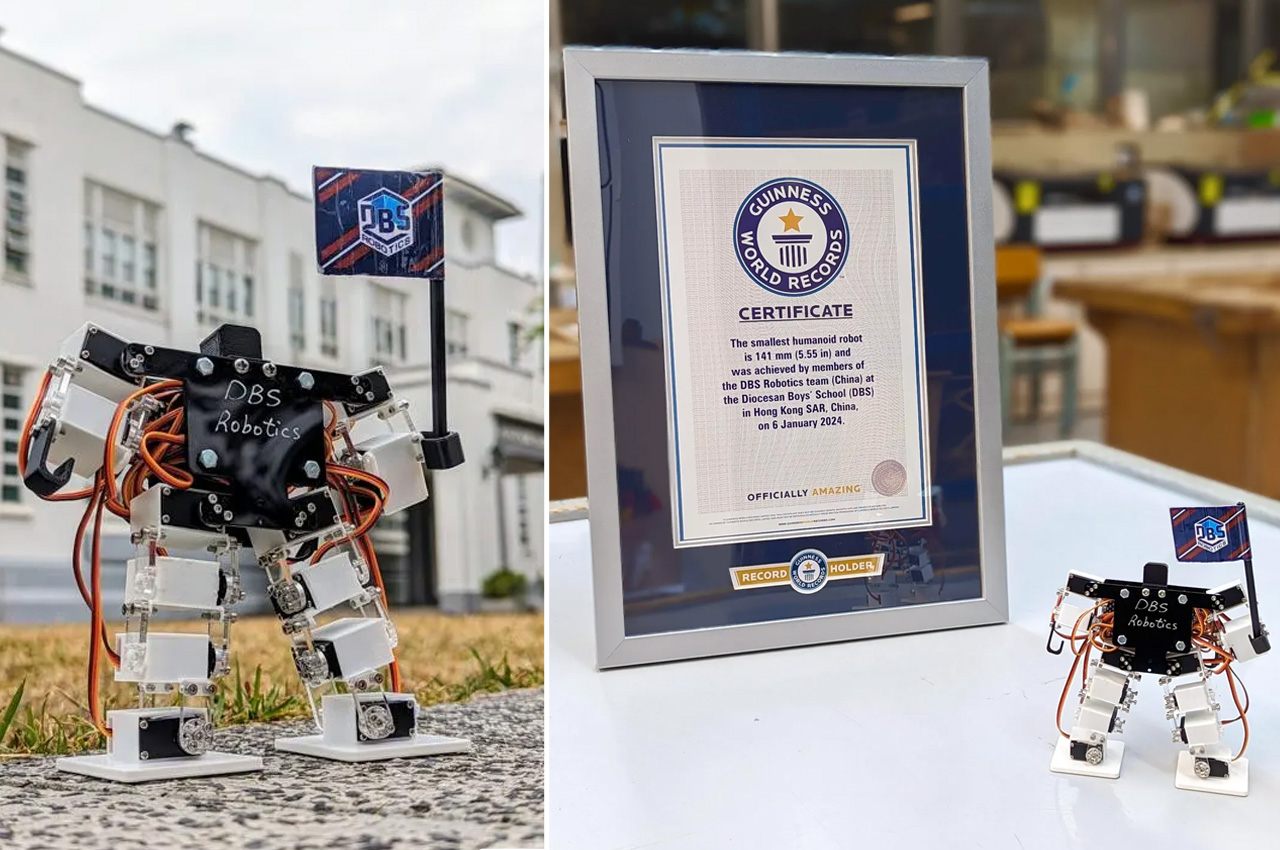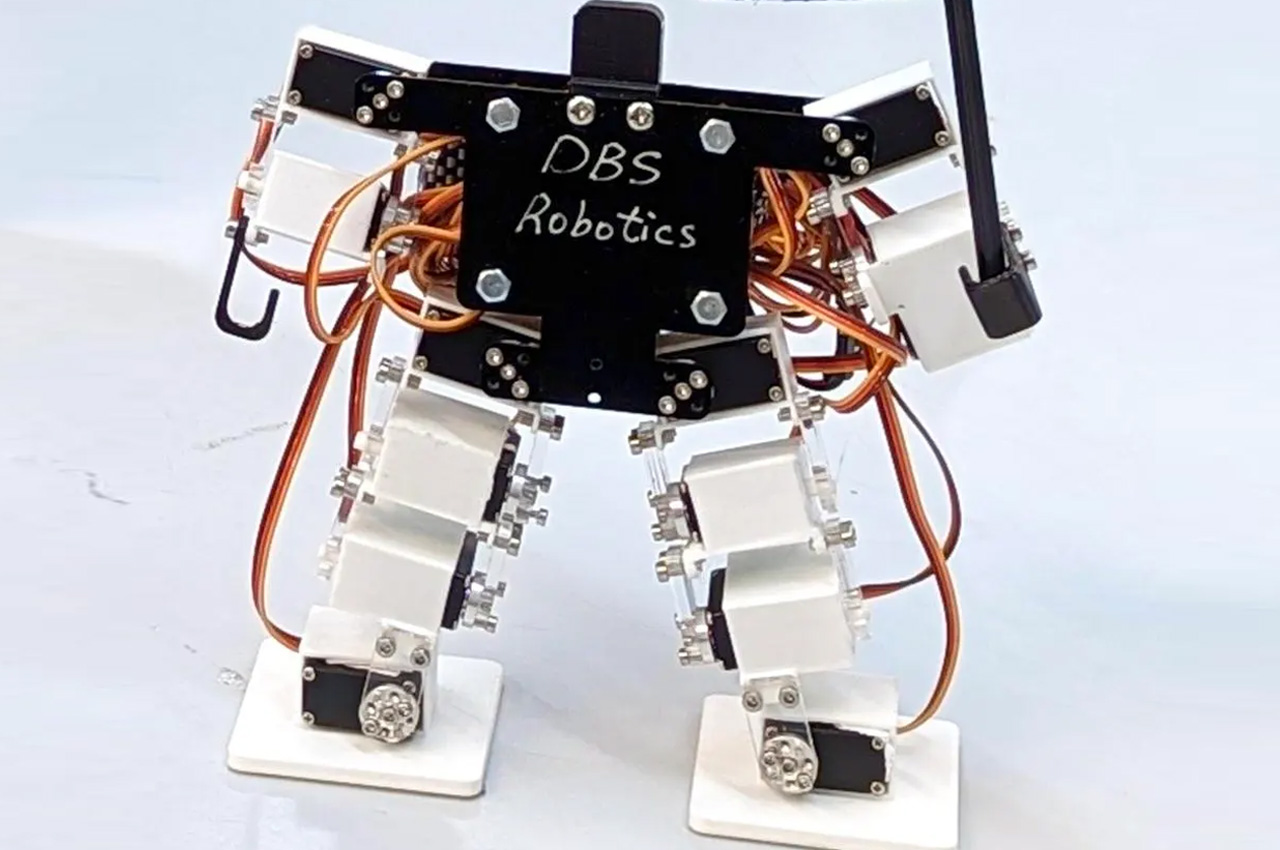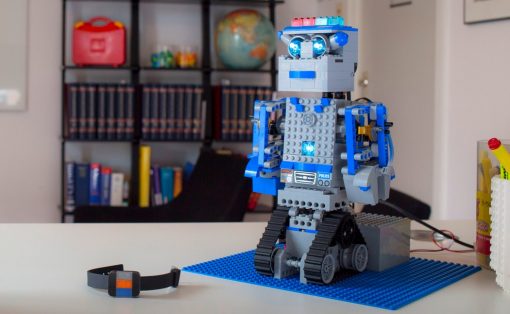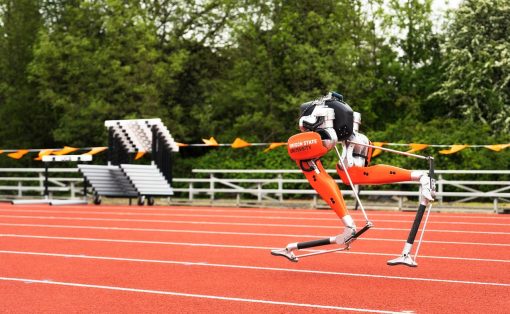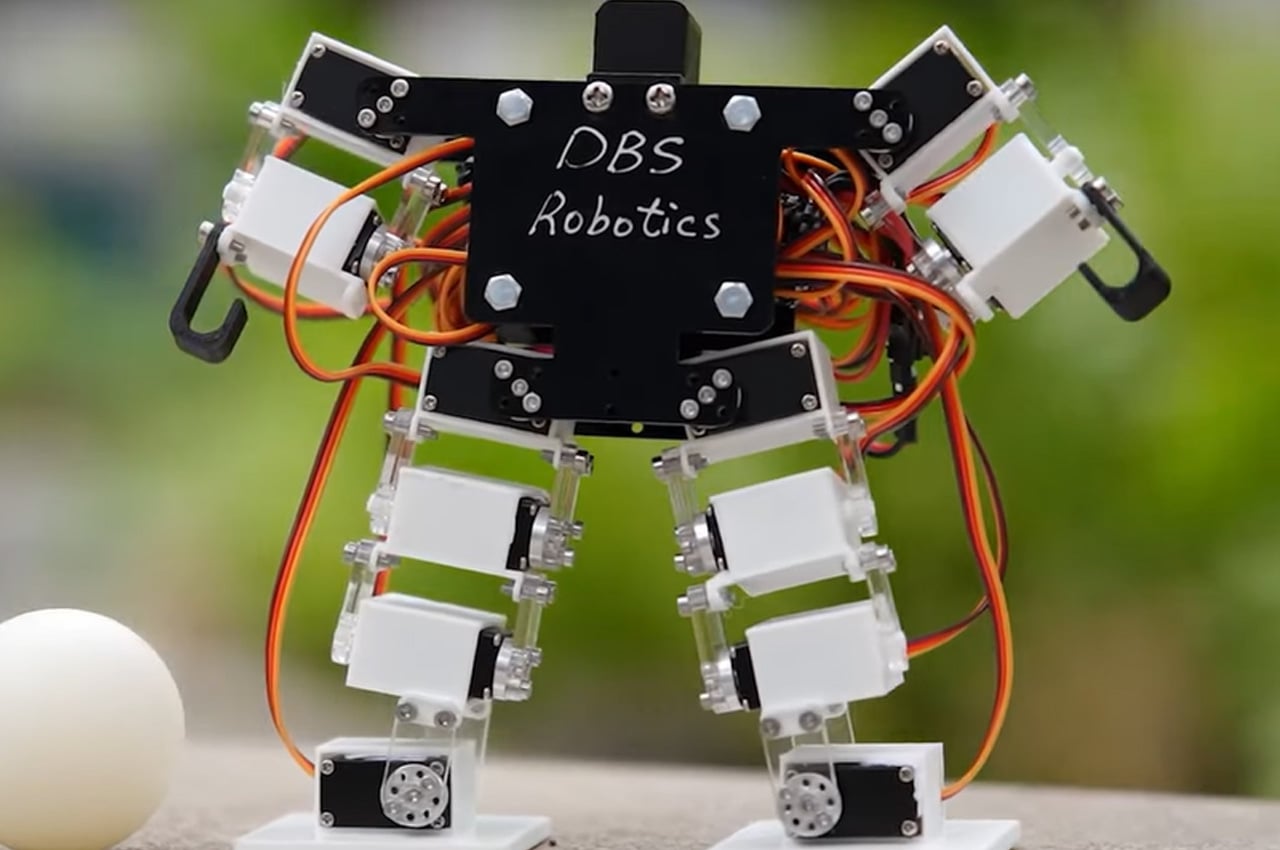
School students from Hong Kong have shined in the world sphere with an entry in the Guinness World Records. They have, in the school robotics laboratory, built what is now recognized as the smallest humanoid in the world by the ace record keeper. To reach the feat, they had to do better than just build a miniature bot. A robot to be billed a record holder must be capable of bipedal movement and able to articulate its knees, hips, elbows, and shoulders.
The four-member team of Aaron Ho Yat Fung, Isaac Zachary To, Justin Wang Tou Duong, and Ngo Hei Leung, with their bot which does not have a moniker yet, has broken the record for the smallest robot held by Pakistan’s Zain Ahmad Qureshi. For reference, the humanoid from Diocesan Boys’ School students is “shorter than a standard ballpoint pen.”
Designer: Diocesan Boys’ School, Hong Kong
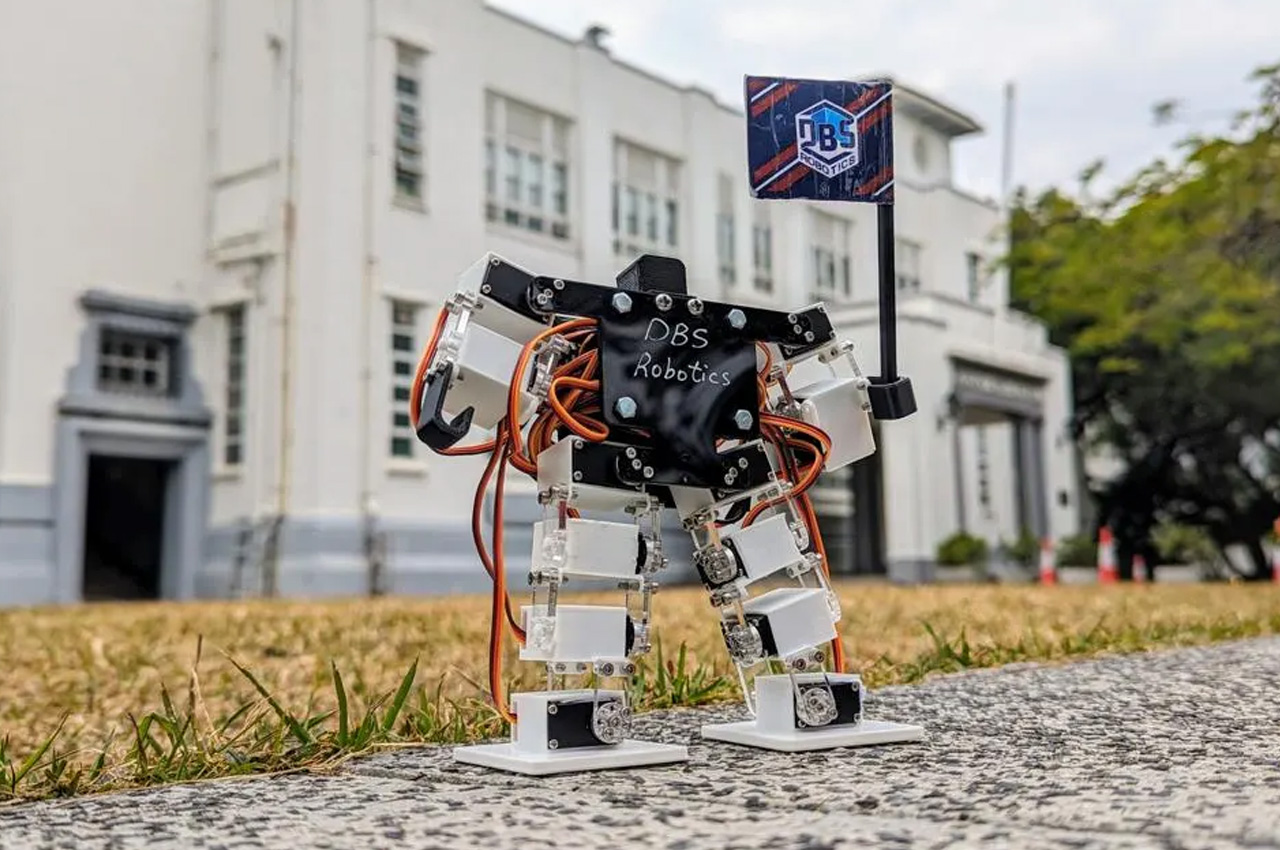
According to the information shared by Guinness World Records, the new smallest humanoid measures 141 mm tall. For the record, it is estimated 11.3 mm shorter than the previous record-holding robot by Qureshi. Even though the underlying intention of such a miniature robot was to break the Guinness Record; the brains behind it believe, the bot can be a “small, low cost, rechargeable, and programmable” platform for STEAM (science, technology, engineering, the arts, and mathematics) education. The small size also leaves the possibility of mass-producing such a robot at a lower cost.
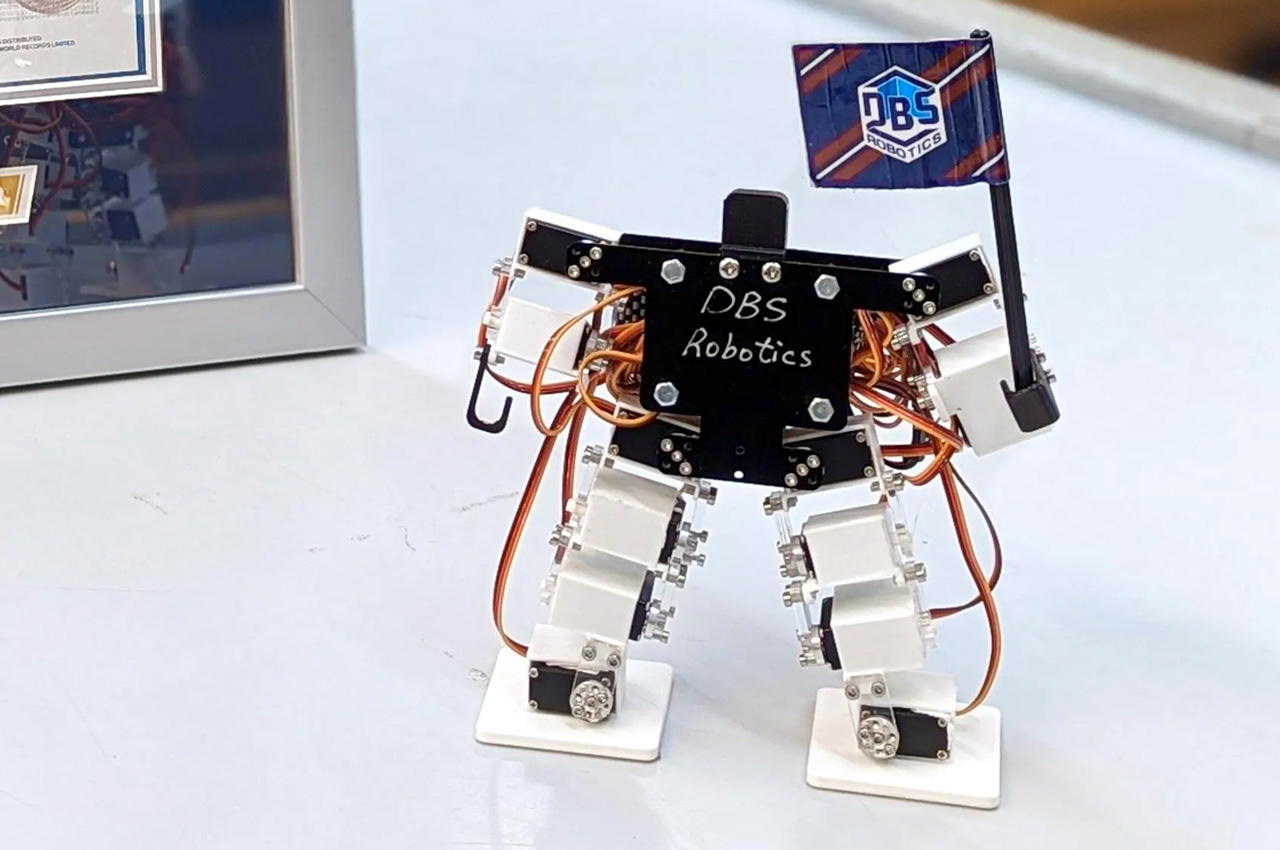
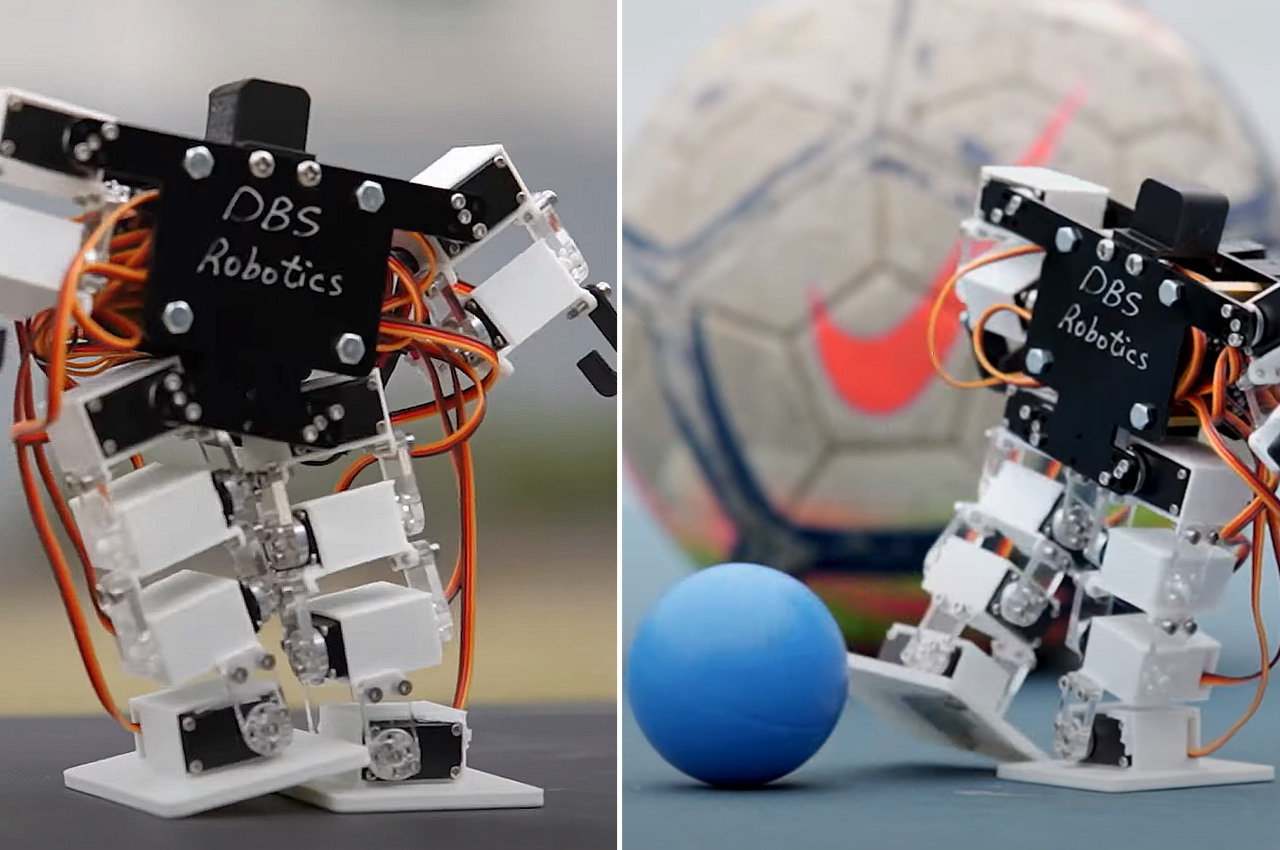
The robot itself was first designed in CAD and then its acrylic panels and 3D-printed components were produced and assembled in the school’s robotics lab. Students thereafter reached out to a servo motors manufacturer. Putting the servos together on a 16-channel control board, installed at the back of the robot, students were able to control their bot using onboard buttons and via a mobile device.
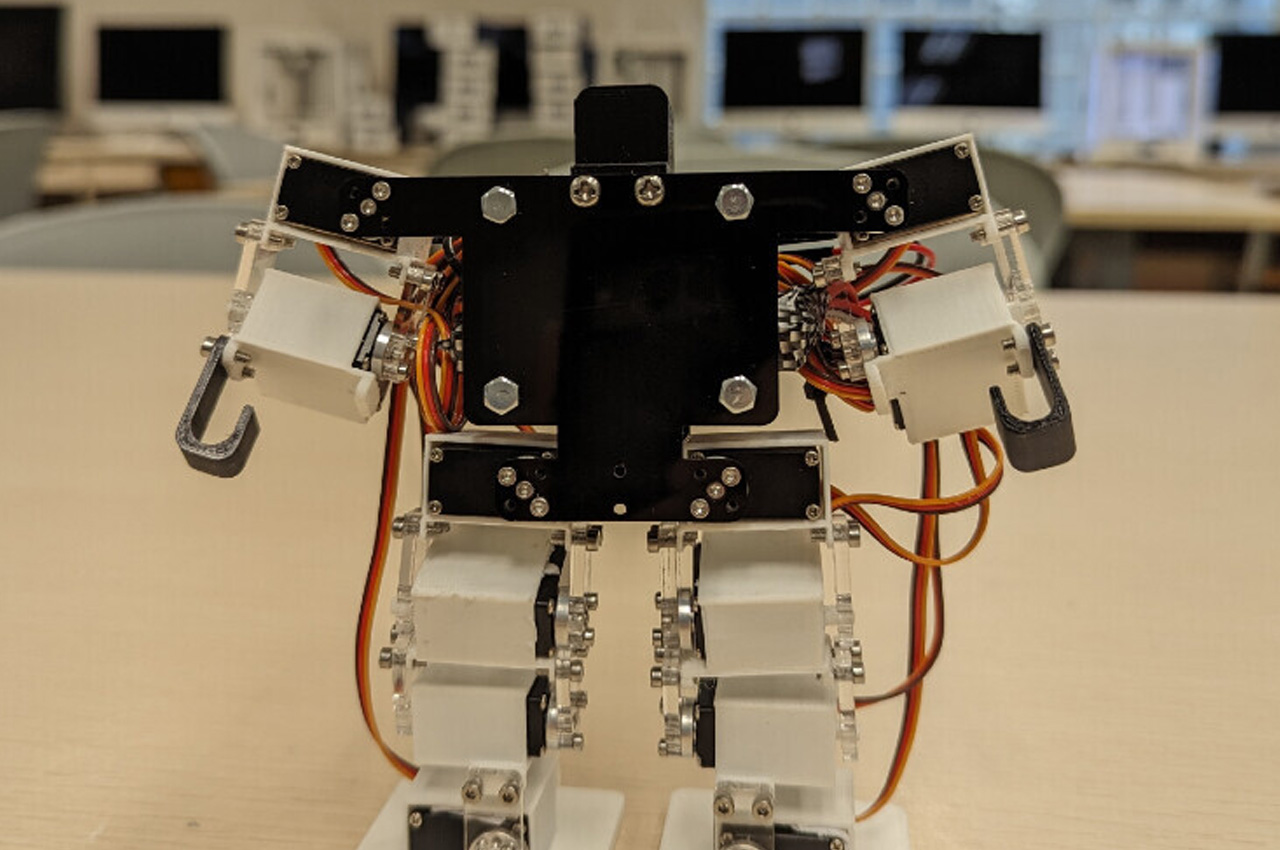
In addition to moving its legs and arms, the robot, as seen in the video above, can be programmed to dance, do kung fu, and even kick a football. These moves are powered by a built-in 7.4V lithium-ion battery. The Diocesan Boys’ School robotics team wants to make the design and code of their tiny robot open source, which would further their idea of making STEAM education workshops interesting and economically viable.
